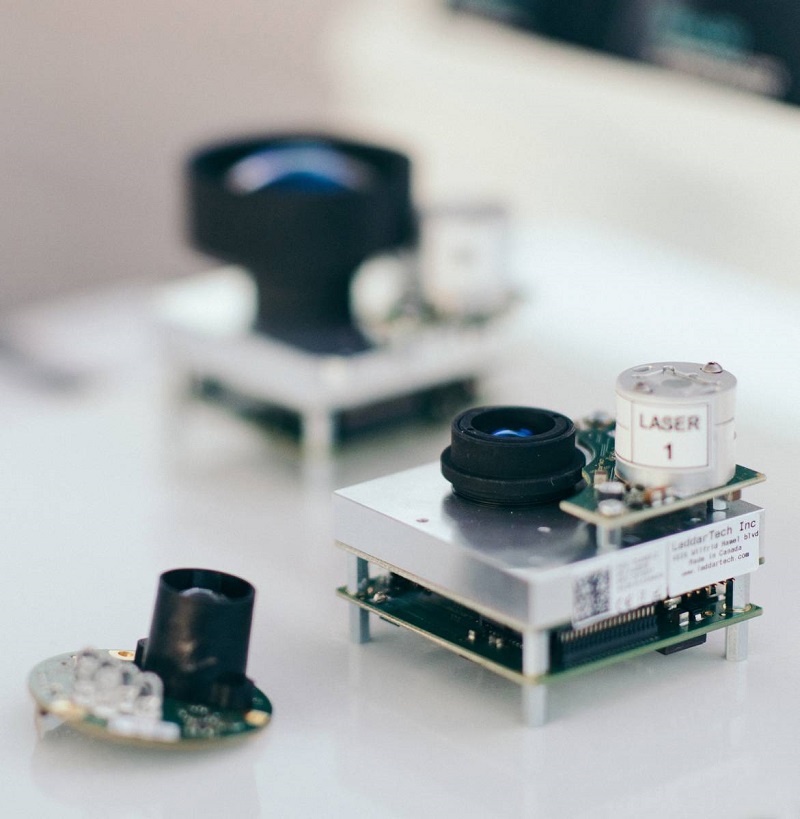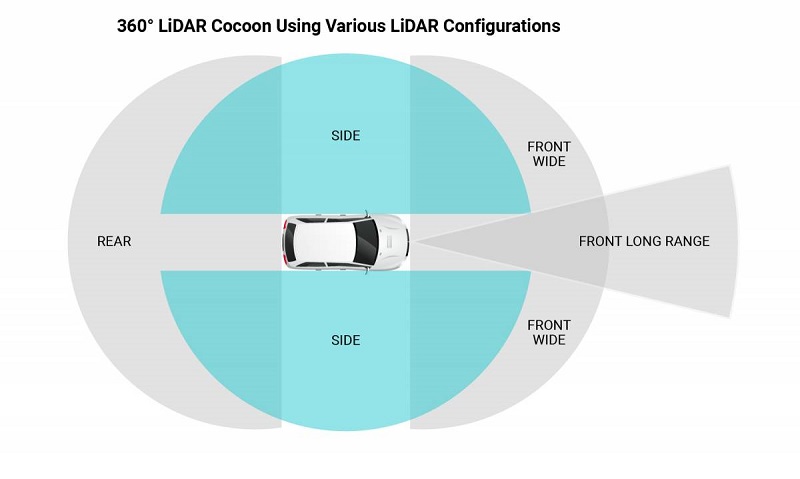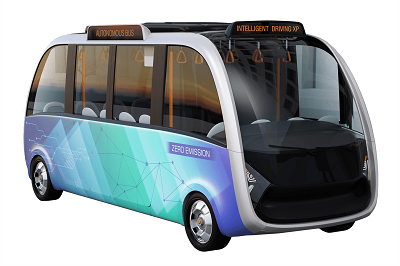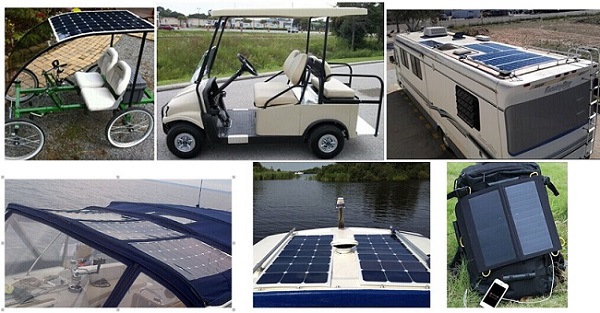| TUTORIAL: LiDARs for Autonomous Vehicles | ||||
This tutorial would help you in understanding Light Detection & Ranging Sensors |
||||
 |
||||
| Vehicles of all types use LiDAR to determine which obstacles are nearby and how far away they are. The 3D maps provided by LiDAR components not only to detect and position objects but also identify what they are. Insights uncovered by LiDAR also help a vehicle′s computer system to predict how objects will behave, and adjust the vehicle′s driving accordingly. | ||||
| LiDAR Operating Principle | ||||
 |
||||
| LiDAR is a remote detection and ranging method that works much like radar, emitting infrared light pulses instead of radio waves and measuring how long they take to come back after hitting nearby objects. The time between the output laser pulse and the reflected pulse allows the LiDAR sensor to calculate the distance to each object precisely, based on the speed of light. LiDAR captures millions of such precise distance measurement points each second, from which a 3D matrix of its environment can be produced. Information on objects′ position, shape, and behavior can be obtained from this comprehensive mapping of the environment. | ||||
| Why LiDARs | ||||
| Semi- and fully-autonomous vehicles use a combination of sensor technologies. This sensor suite includes Radar, which provides constant distance and velocity measurements as well as superior all-weather performance, but lacks in resolution, and struggles with the mapping of finer details at longer ranges. Camera vision, also commonly used in automotive and mobility applications, provides high-resolution information in 2D. However, there is a strong dependency on powerful Artificial Intelligence and corresponding software to translate captured data into 3D interpretations. Environmental and lighting conditions may significantly impact camera vision technology. LiDAR, in contrast, offers precise 3D measurement data over short to long ranges, even in challenging weather and lighting conditions. This technology can be combined with other sensory data to provide a more reliable representation of both static and moving objects in the vehicle′s environment. Autonomous driving requires LiDAR to complement and complete the existing automotive sensor suite (i.e., Camera vision, Radar, and Ultrasonic technologies), creating a new, fast-growing opportunity for the proliferation of LiDAR with strong demand and large volumes. Hence, LiDAR technology has become a highly accessible solution to enable obstacle detection, avoidance, and safe navigation through various environments in a variety of vehicles. Today, LiDARs are used in many critical automotive and mobility applications, including Advanced Driver Assistance Systems and Autonomous driving. | ||||
 |
||||
| LeddarTech addresses this mission-critical need of automotive-grade solid-state LiDARs (SSLs) to meet their specific cost-performance ratios and high quality standards. |  |
|||
 |
Integrating advanced solid-state LiDAR sensors into commercial vehicles improve spatial awareness and obstacle detection up to 360° around the vehicle, thus radically decreasing the risks of accidents, as well as enabling advanced automation features. | |||
| Autonomous shuttles are vehicles that navigate autonomously at sub-50km/h speeds along predetermined, learned paths.LiDARs for autonomous shuttles is an emerging yet very active market, with an expected CAGR of more than 50% over the next 5 years. |  |
|||
 |
Fast becoming a reality and about to hit the streets, robot taxis rely on a powerful array of advanced sensing technologies that include multiple LiDARs to safely maneuver complex urban environments | |||
| Why LeddarTech | ||||
| Leddar™ is LeddarTech′s proprietary LiDAR technology. Leddar provides advanced LiDAR signal acquisition and processing to deliver significant and distinct cost and performance advantages to the automotive and mobility market. It is light signal digitization and signal processing technology that expands the sampling rate and time resolution, recovers distance, reflectivity, and quality information of objects. Leddar provides reliable detection and ranging through mitigation of interference, environmental conditions, and other limiting conditions intrinsic to LiDAR sensors. Leddar technology is at the core of our LiDAR Platform and is covered by more than 70 patents (granted or pending). The technology stems from more than a decade of Research & Development work, led by leading engineers and scientists in the field. It has been validated and optimized through various commercial deployments and 24/7 operation in challenging outdoor environments | ||||
| Salient Points | ||||
|
 |
|||
|
 |
|||
|
 |
|||
|
 |
|||


..one stop store for your needs







